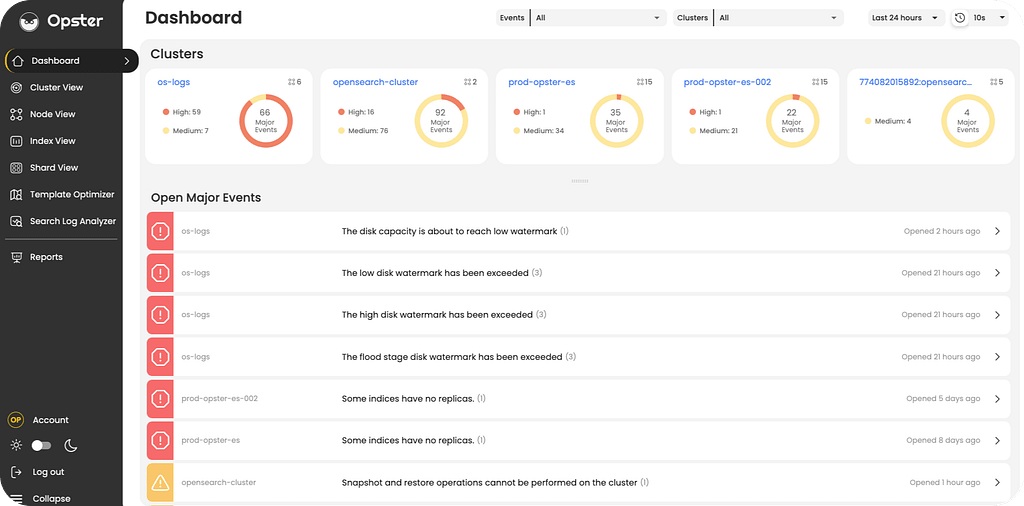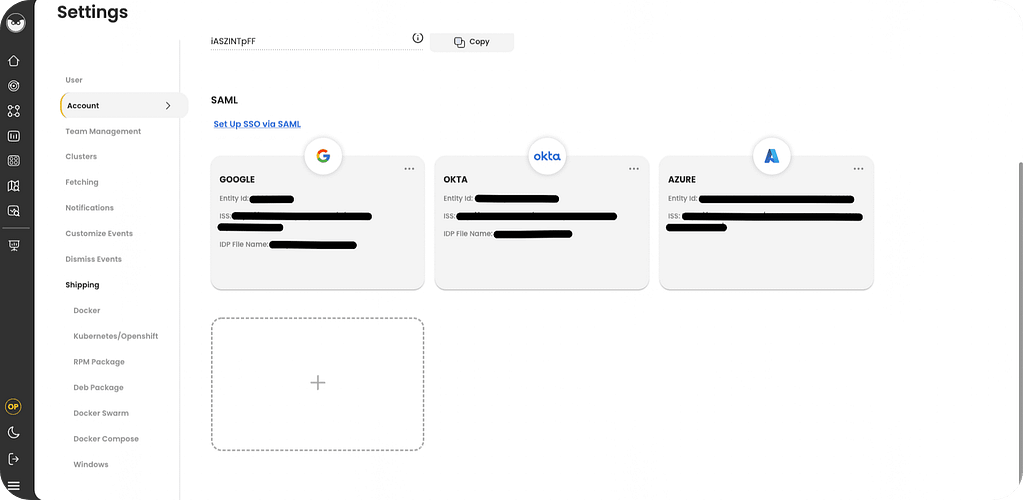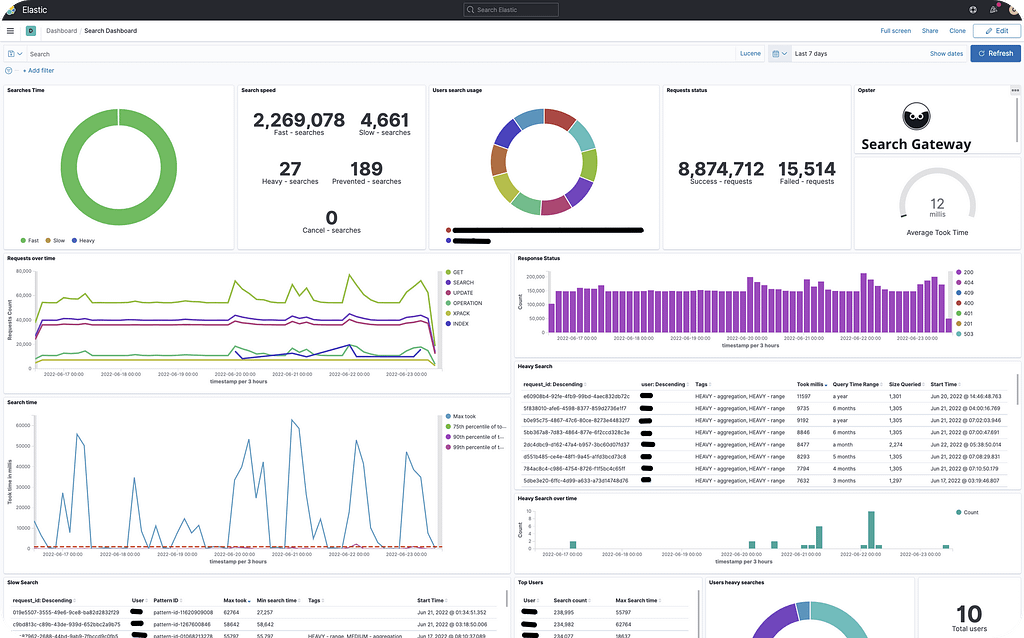As we finish up another amazing quarter of 2022, we’re happy to share some of Opster’s highlights from the last few months and a sneak peak of what’s in the pipeline.
Quarter Feature Highlight
- Multiple cluster view
We’ve introduced a new primary dashboard to AutoOps which allows you to view all of your deployments in a single screen, seeing multiple clusters at the same time. This way, you can now focus on the clusters within your environment that are experiencing the most urgent and critical events that require attention. You can filter according to the environment (dev VS. production) or by specific events and issues, such as disk space, red status, etc.

- SAML + SSO
Security and access control are very important to our customers, so we added the ability to integrate any SAML-based authentication method into AutoOps, such as Google SSO, Azure, Okta. This security feature allows you to control who has access to AutoOps in an easier and simpler fashion.

- Google login
We’ve integrated Google login for both AutoOps and the free tools, allowing easier access for organizations that prefer to use Google for external accounts.
- More Capabilities added to AutoOps Operator
AutoOps Operator is the on-prem component included in the AutoOps subscription, allowing the execution of recommendations and changes produced by AutoOps (which can be complex, multi-step operations). The Operator enables multiple operations, such as optimizing indices in various ways, shard optimization, rollovers, shrink operations, deletion of empty indices and more.
This quarter we added robust reindexing to the Operator, which is a much faster and more stable way to reindex compared to using the Reindex API. You can now reindex large indices in an efficient manner.
- New events added to AutoOps
We’re constantly improving the events in AutoOps and adding new ones. This quarter we added events to detect changes in the cluster architecture, improved the detection of hotspots and fine-tuned the recommendations.
- Search Gateway enhancements
We’ve added many new abilities to the Search Gateway, including:- A new and easy way to tune query blocking
- Enhanced analysis and additional attributes to identify heavy queries
- Support for multiple backend Elasticsearch clusters for routing traffic
- Fine grain control over the configuration of heavy queries for different tenants

- OpenSearch Kubernetes Operator
We’ve launched the new Kubernetes Operator for OpenSearch! The open-source Apache 2.0 Operator is used for automating the deployment, provisioning, management, and orchestration of OpenSearch clusters and OpenSearch dashboards. You can check out the Operator here.
Coming Soon
Here’s a tiny sneak peak of two upcoming products and enhancements that will be released soon:
- OpenSearch Management Console
The free OpenSearch Management Console (OMC) makes it easy to orchestrate, manage, monitor and optimize OpenSearch in any environment. It eliminates operational overhead by automating key administration tasks.
The OMC routinely analyzes your system and alerts you when it begins to show signs of performance degradation, providing recommendations on how to:- Improve configuration & resolve issues
- Optimize templates & improve search performance
- Improve resource utilization
- Reduce needed hardware
- Tasks monitoring
We’re adding an important new capability to AutoOps called “Tasks monitoring”, which will include:
1. Identification of searches that never terminate, causing nodes to disconnect.
2. Enhanced detection of slow queries – AutoOps will pinpoint and provide the slowest queries as part of slow search events.
3. Slow indexing operations and snapshots
